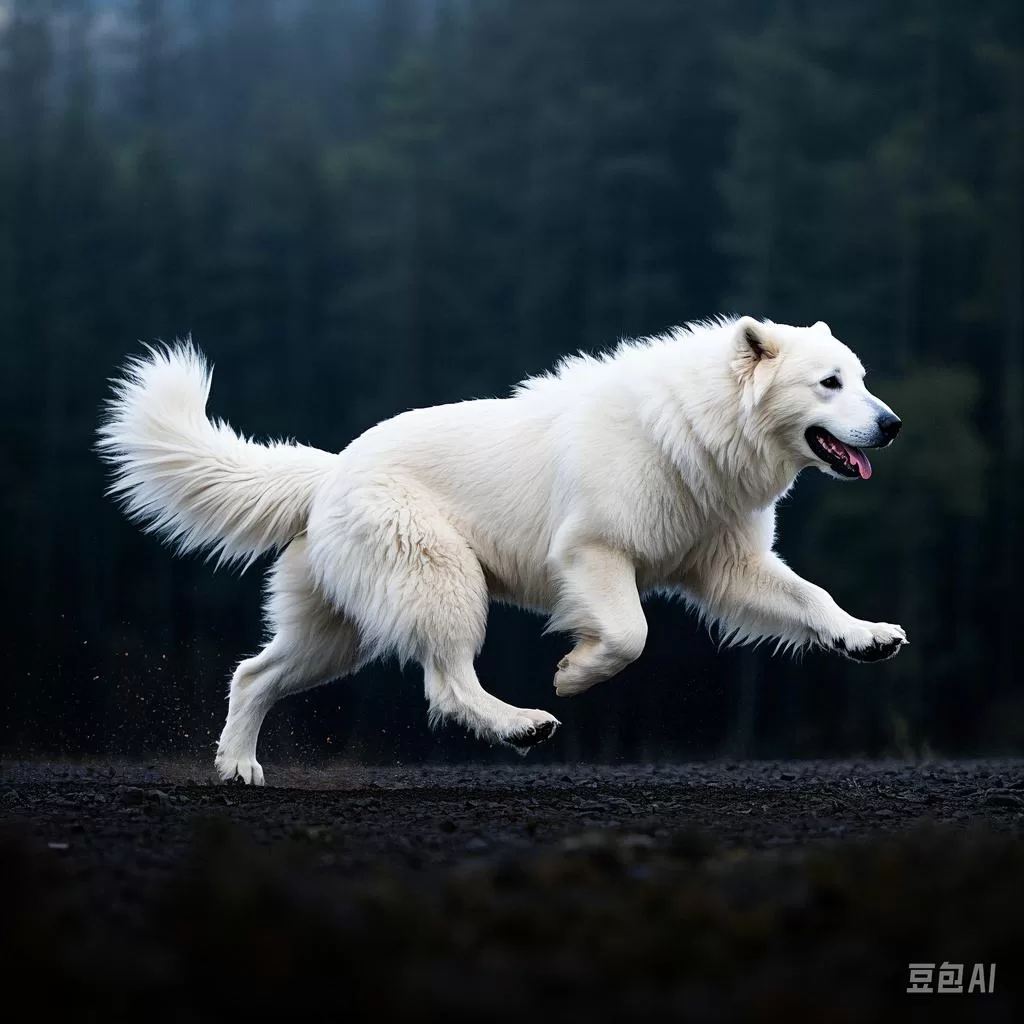
There’s something truly special about the Great Pyrenees dog. With their majestic appearance and gentle demeanor, they’ve captured the hearts of many dog lovers. But to have a well – behaved and happy Great Pyrenees, proper training is essential. Let’s embark on this journey of learning how to train these magnificent creatures.
Understanding Your Great Pyrenees Dog
Great Pyrenees dogs are known for their unique set of characteristics. They are inherently gentle giants, but also quite independent. Their strong guarding instincts make them excellent protectors of their territory and family. However, these traits can pose challenges during training. For example, their independent nature might make them seem unresponsive at times. By understanding these aspects, you can tailor your training methods to suit their personality, which is the first step towards successful training.
Start Early with Basic Training
The early months of a Great Pyrenees puppy’s life are crucial for training. Begin with simple commands like “sit”, “stay”, and “come”. Use positive reinforcement techniques, such as treats and praise, to encourage your puppy to follow the commands. For instance, when teaching “sit”, gently push down on their hindquarters while saying the command, and then reward them with a treat and lots of praise when they comply. Repeat this process consistently, and soon your puppy will start to associate the command with the action.
The Importance of Socialization Training
Socialization is a vital part of training a Great Pyrenees. From a young age, expose your puppy to different people, animals, and environments. This could include taking them to the park, introducing them to friendly neighbors, and having playdates with other dogs. By doing so, you’ll prevent them from developing excessive wariness or aggression as they grow older. A well – socialized Great Pyrenees is more likely to be a well – adjusted member of your family and community.
Dealing with the Independent Personality
One of the biggest challenges in training a Great Pyrenees is their independent streak. They aren’t always eager to please like some other breeds. To overcome this, it’s important to establish yourself as the pack leader. Be consistent with your commands and boundaries. But also, respect their need for independence. Instead of forcing them, find ways to make the training interesting and rewarding for them. For example, use toys as rewards during training sessions, which can pique their interest and make them more willing to cooperate.
Advanced Training and Skill Expansion
Once your Great Pyrenees has mastered the basics, you can move on to more advanced training. Given their strength and intelligence, they can excel in activities like tracking or cart – pulling. Start by introducing these activities gradually, using positive reinforcement to encourage their participation. For example, if you want to train your dog for tracking, start with simple scent – based games in a controlled environment, and gradually increase the difficulty as your dog gets better.
Common Training Problems and Solutions
During the training process, you may encounter some issues. Your Great Pyrenees might be stubborn and not follow commands, or they could bark excessively. If they’re being stubborn, take a break from the training session and try again later. For excessive barking, identify the cause (is it boredom, fear, or territoriality?) and address it accordingly. You can also use positive reinforcement to teach them the “quiet” command.
Frequently Asked Questions
When is the best age to start training a Great Pyrenees?
The earlier, the better. Start basic training when your puppy is around 8 – 12 weeks old. This is the prime time for them to learn and form good habits.
How long does it take to train a Great Pyrenees?
Training is an ongoing process. Basic commands can be learned in a few weeks to a few months, but more advanced training and behavior refinement can take months to years.
Is punishment effective in training a Great Pyrenees?
Punishment is generally not recommended. Great Pyrenees respond much better to positive reinforcement. Punishment can lead to fear and aggression, making the training process more difficult.
How can I make my Great Pyrenees get along with other pets in the house?
Start with early socialization. When introducing them to other pets, do it gradually and in a controlled environment. Use positive reinforcement to reward calm and friendly behavior around other animals.